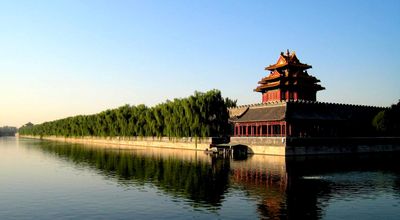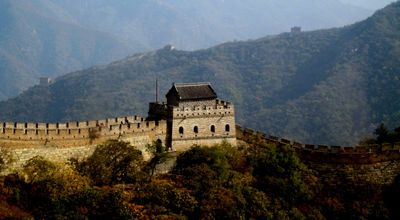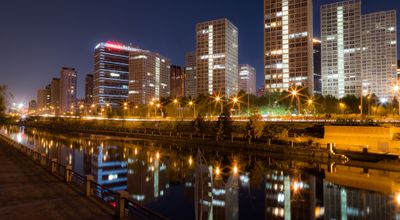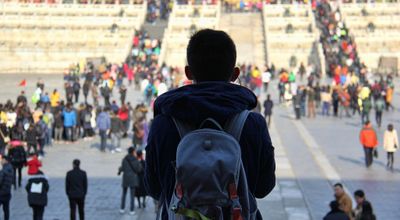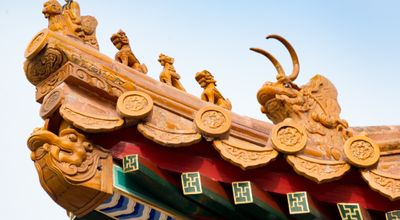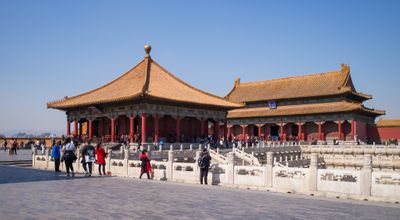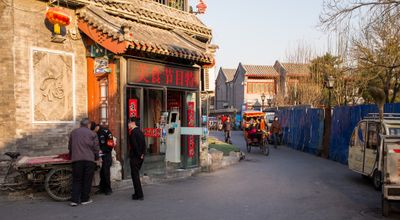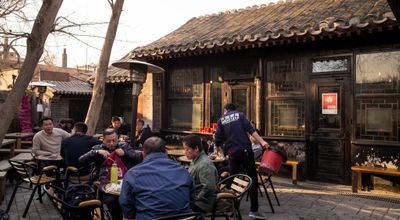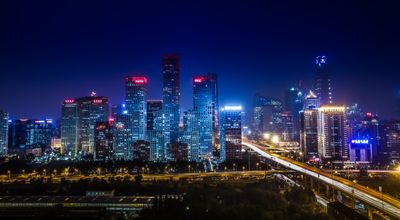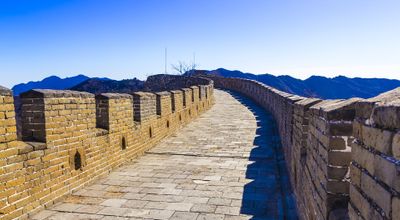Beijing Travel Guide
Beijing Municipality | Population: 24,000,000
Beijing, the vast capital city of China, has a 3,000-year-old history of Imperial style and grandeur. The city boasts some of the richest collections of historical, cultural, and royal relics compared to any other city in the nation. During the transition from the times of ancient kingdoms to the modern day People’s Republic, Beijing played a vital role in making China the prosperous country that it is today.
Nearly 297 million domestic and overseas tourists visited Beijing in the year 2017, making it third most-visited city in China after Hong Kong and Shanghai. With foreign dignitaries visiting the city even during the Imperial era, there was and is a palpable aura of hospitality and friendliness in the city.
The city of Beijing was known as Peking until it was changed in 1958. The Zhoukoudian archaeological site located nearby is a world famous tourist attraction due to its anthropological significance. The remains of Homo erectus, popularly known as “Peking Man” were discovered here. These remains are believed to be 680,000 to 780,000 years old.
The iconic structure that defines Beijing is the Forbidden City. This was the imperial palace during the Ming and Qing Dynasties before China became a People’s Republic. Spread over 720,000 square meters, it is believed to be the largest palace in the world.
At the center of the city, Tiananmen Square has been the scene of both ancient and contemporary history, where the gigantic portrait of Mao Zedong, takes center stage. It was the scene of royal convoys during the Imperial regime as well as major political events and military parades in modern times.
A majority of the upscale 4-star and 5-star hotels are located in the urban areas of Dongcheng, Xicheng, Beijing Central Business District, Chaoyang, and Haidian. These localities are within easy reach of the Forbidden City and other tourist attractions. They have state-of-the-art décor and provide classy amenities like spas, recreational centers, business centers, entertainment zones, swimming pools, concierge services, and more.
The mid-range hotels too are mostly located in Dongcheng, Xicheng, and in the suburban areas. They offer various amenities to ensure that a visitor’s stay is luxurious, comfortable, safe, and enjoyable. The tourist-friendly culture of the Chinese people is reflected in their tourism and hospitality services throughout Beijing and other parts of the nation.
The city also has its fair share of youth hostels and International youth hostels that provide suitable accommodation at bargain prices. The accommodation they provide is very basic with not many in-house amenities. But they are usually located near public transport connections, convenience stores, and fast food takeaways that serve popular local delicacies.
The Beijing Metro (Beijing Subway) is a urban rail transit system for Beijing, China, and one of the 14 members of the international subway Alliance (CoMET). Its first line was officially opened in January 15, 1971, making Beijing the first city in China to open the subway. As of December 2017, there were 22 subway lines in Beijing metro line. All of them used the subway system, covering 11 districts in Beijing, with a range of 608 kilometers, 370 stations, second mileage in China and second in the world. As of December 2017, 17 lines of Beijing Metro were built, a total of 320.8 km. By 2020, the Beijing Metro will form a rail network consisting of 30 lines with a total length of 1177 km. In 2016, the Beijing Metro had an annual passenger capacity of 3 billion 25 million passengers, with an average daily passenger flow of 8 million 247 thousand passengers, with a maximum daily passenger volume of 10 million 523 thousand and 600 passengers. From December 23, 2017 onwards, the whole rail network of Beijing rail network purchased tickets online and picked up stations. Since April 29, 2018, the Beijing rail transit network (excluding the western suburb line) has been able to carry out the two-dimensional code.
Lines:
Capital Airport Line,
Changping Line,
Daxing Airport Line,
Fangshan Line,
Line 1,
Line 10,
Line 11,
Line 12,
Line 13,
Line 14,
Line 15,
Line 16,
Line 17,
Line 17 North Section,
Line 19,
Line 2,
Line 3,
Line 4,
Line 5,
Line 6,
Line 7,
Line 8,
Line 9,
S2 Line,
Xijiao Line,
Yanfang Line,
Yizhuang Line
Bus
From December 28, 2014 onwards, the new price of public transport: 10 km (inclusive) of 2 yuan, 10 km or more, plus 1 yuan can take 5 km. In 2014, there were 877 lines of electric vehicles in Beijing, 64 more than the end of the year; the length of the operation line was 20347 kilometers, up 659 kilometers from the end of the year; 24083 operating vehicles, up 491 vehicles at the end of the year, and 4 billion 700 million passengers per year, down by 3% over the previous year.
Taxi
In 2013, the average daily transport capacity of taxi in Beijing was 1 million 900 thousand, accounting for 6.6% of the total travel volume and the mileage utilization rate of about 68%. Since June 10, 2013, the Beijing taxi price standard has been adjusted. The new taxi price is 13 yuan within 3 kilometers, and the basic unit price is 2.3 yuan per kilometer. The fuel surcharge is 1 yuan per operation. Low speed and waiting fee charge 2 kilometre rent (excluding empty driving fee) every 5 minutes, morning and evening peak periods, and additional 1 kilometre rent (excluding empty driving fee) at other periods. The appointment service fee is 6 yuan in advance of 4 hours, and 5 yuan within 4 hours. One way passenger traffic is more than 15 km, part of which is charged by air travel fee, basic unit price plus 50%.
See the below table for an overview of Beijing's weather:
|
Jan |
Feb |
Mar |
Apr |
May |
Jun |
Jul |
Aug |
Sep |
Oct |
Nov |
Dec |
| Average High (C) |
1.8 |
5.0 |
11.6 |
20.3 |
26.0 |
39.2 |
30.9 |
29.7 |
25.8 |
19.1 |
10.1 |
3.7 |
| Average Low (C) |
-8.4 |
-5.6 |
0.4 |
7.9 |
13.6 |
18.8 |
22.0 |
20.8 |
14.8 |
7.9 |
0.0 |
-5.8 |
| Rain (mm) |
3 |
5 |
8 |
21 |
34 |
78 |
185 |
160 |
45 |
22 |
7 |
3 |
| Rain (days) |
2 |
2 |
3 |
4 |
6 |
10 |
14 |
12 |
8 |
5 |
4 |
2 |
| Humidity (%) |
44% |
44% |
46% |
46% |
53% |
61% |
75% |
77% |
68% |
61% |
57% |
49% |

